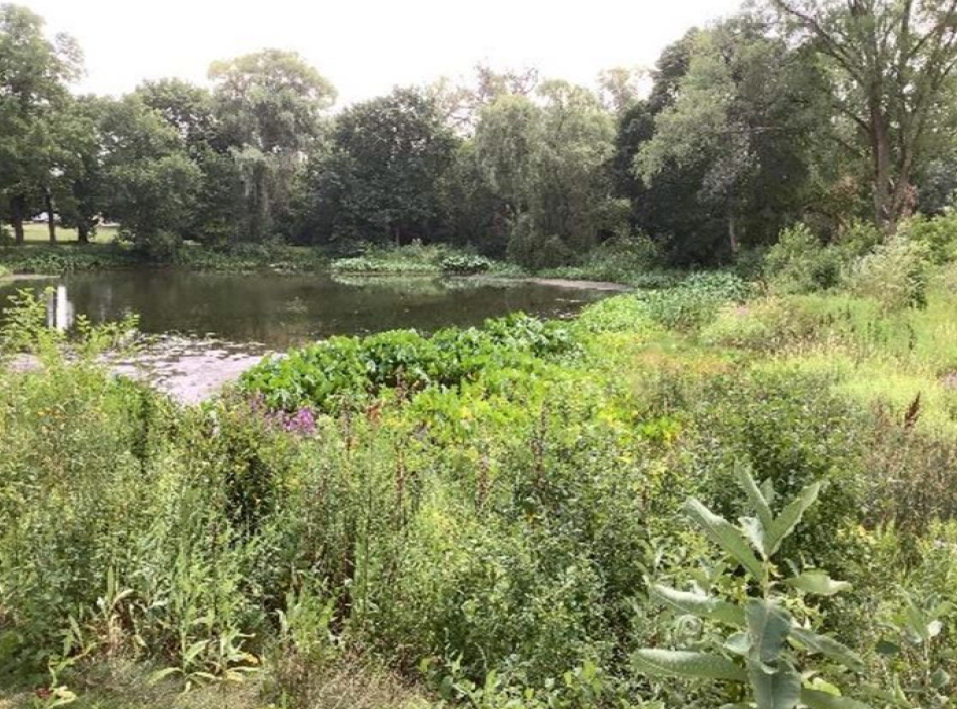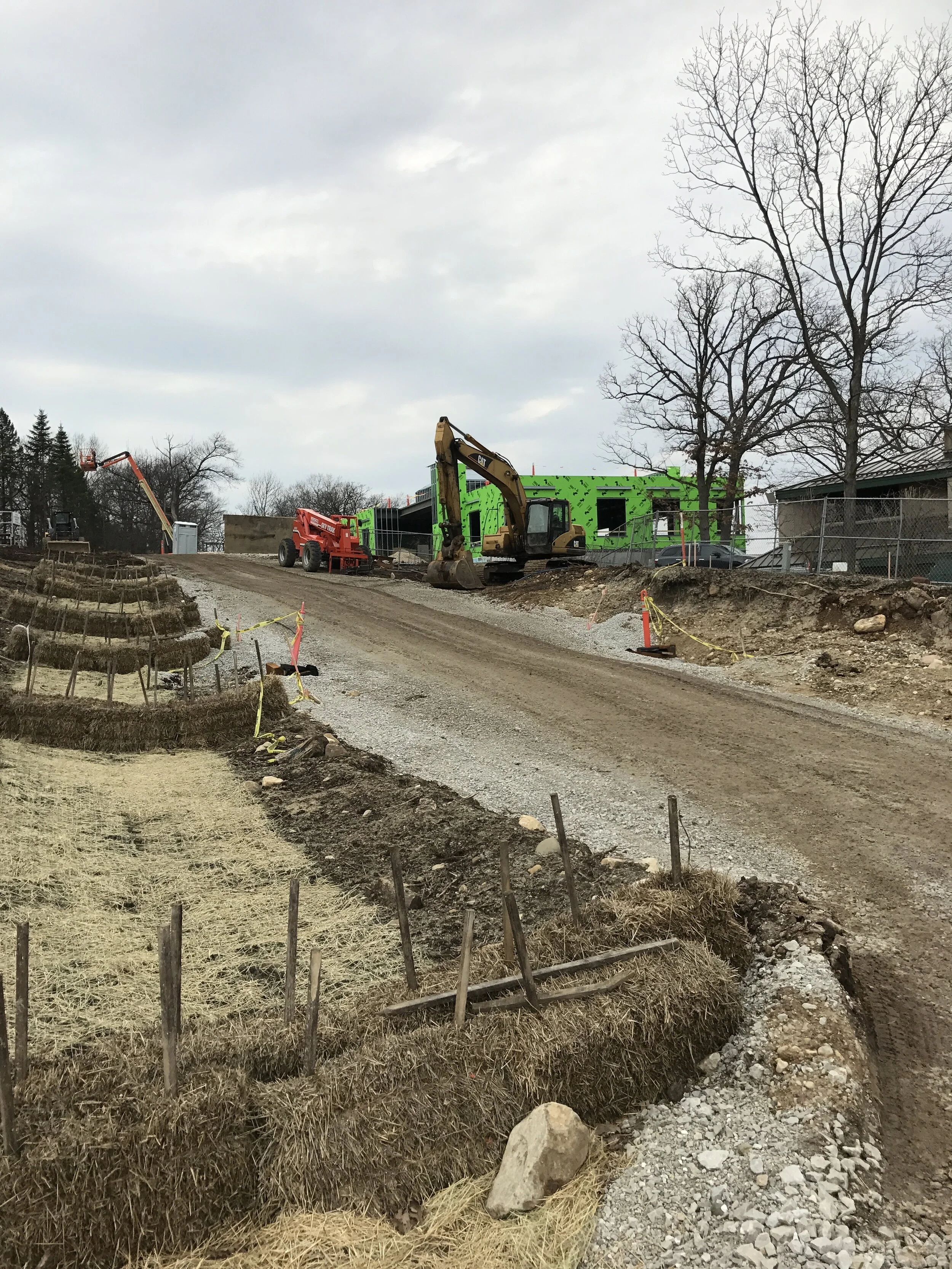Forestry grants play a crucial role in helping municipalities fund the development and maintenance of community forestry programs. This includes activities such as tree inventories, plantings, pruning, invasive species control, and other sustainable practices. Additionally, leveraging GIS to maintain accurate tree data keeps tree inventories and forestry management plans accurate and efficient. By combining these two tools, municipalities can effectively maintain the health and resilience of their forest ecosystems.
The Wisconsin Department of Natural Resources (WDNR) required Municipal Separate Storm Sewer (MS4) annual report is coming due on March 31, 2024. Compiling the list of various MS4 compliance items performed throughout 2023 can be a challenge. We’ve created a summary of what to expect on this year’s report.
The defining jurisdictional boundary of the Waters of the United States (WOTUS) has been in contention since the Clean Water Act of 1972. In August of 2023, the jurisdictional boundary of the Waters of the United States were appended to meet the Sackett v. EPA Supreme Court decision. Learn what this ruling means for the future of your projects.
The Honey Creek Headwaters and Stream Restoration Project is the revitalization of the City of Greenfield’s most commonly used park – Konkel Park. The project area included a 0.92-mile segment of Honey Creek that had been overgrown with buckthorn, filled with sediment, and had no natural inputs. Using natural channel design, the streams are now operating hydraulically like a normal stream.
On November 29, 2022 the Northern Long-Eared Bat was reclassified as endangered. Project proponents must receive concurrence from both the State and Federal Government prior to the start of the project. Learn what this means for your project and how to implement conservation measures.
Natural Channel Design was introduced as an alternative to rock-lined channels and utilizes natural material (rock and woody material) in the channel to achieve reductions in TSS, phosphorous, and sediment to downstream tributaries.
On December 30, 2022, the Environmental Protection Agency and the United States Army Corps of Engineers announced the final “Revised Definition of ‘Waters of the United States’” rule. This new rule will be effective on March 20, 2023. The following is an overview summary of similarities, changes, and how to move forward.
Municipalities are always looking for ways to improve how they share and communicate with their residents. With the emergence of ArcGIS Hub sites, R/M has helped several communities do just that. Common inquiries by residents about geographical information such as garbage collection, zoning codes, and snowplow routes can be answered through information accessed in their municipality’s Hub site.
Stream restoration is a technique that stabilizes channels in the current environment while working to accomplish common goals like reducing erosion of the channel beds and banks, improving water quality, and improving in-stream habitats. Learn what to look for, funding sources, and how your community can fund from a stream restoration.
The Milwaukee Metropolitan Sewerage District (MMSD) recently partnered with District landowners to install green infrastructure devices through the Green Infrastructure Partnership Program. The program was established to help MMSD reach its goal to implement 10 million gallons of green infrastructure annually and achieve TMDL compliance. Learn how R/M helped the District make progress towards those goals through an efficient, streamlined green infrastructure inspection and maintenance program.
If you are planning a project that may disturb, alter, or fill a wetland, stream, pond, or shoreline, you will need a wetland delineation. Learn why conducting due diligence and completing preliminary environmental assessments early in the project planning phase can make or break your project’s timeline and budget.
Renewable energy initiatives and opportunities are growing throughout the Midwest. Various types of organizations, both private and municipal, are evaluating open agricultural lands, under-utilized brownfields, closed landfills, and other open space for the potential installation of ground-mounted solar generation and battery storage projects. However, these initiatives like other projects, often come up against funding hiccups.
Many essential municipal projects cannot be realized without the help of grant funding, but the process of securing these funds can be overwhelming. Our experts created these 7 tips to help your team navigate the application process, stay organized, and get your project funded.
With the promise of sunshine and spring flowers ahead, it’s time to line up the field surveys needed for project approvals. To avoid unanticipated delays, wetland and other environmental screenings and/or field work should be handled early in the project design process. Set your next project up for success and learn the who, what, where, and why of wetland delineations.
It’s tough to imagine on these beautiful summer days, but fall is fast approaching, and now is the time to schedule necessary wetland delineations for your development project. Learn how you can avoid the long WDNR approval process and get a head start on your project’s planning, design, and permitting by working with our Professionally Assured Wetland Delineator.
Failure to select and install the appropriate BMPs for your construction project will do more than negatively impact the health of our rivers, streams, and lakes. From hefty fines to project delays, here are the consequences developers and municipalities may face for failure to properly implement erosion and sediment control BMPs.
EDR, CREC, TSS, WRAPP, MS4, UST… what’s it all mean? Working on environmental permits and inspections often involves the use of several acronyms, and decoding each and every one of them can get a little overwhelming. We created this simple, printable cheat sheet to give you and your team quick and easy access to the most frequently used environmental services acronyms in one place.
Engineers Week 2020 is almost here, and to celebrate, we’d like to help you get to know a few of our amazing engineers a little better!
We know that providing your residents with quality public resources, safe roads, and clean water is essential to creating a thriving community. We also know that locating the funds necessary to make improvements to local infrastructure can be incredibly difficult. This year, consider these financing opportunities to help you maintain, improve, and grow your community resources.
Are bats haunting your upcoming development project? Here’s what you need to know to comply with threatened bat species guidelines and avoid costly delays to your project.





















